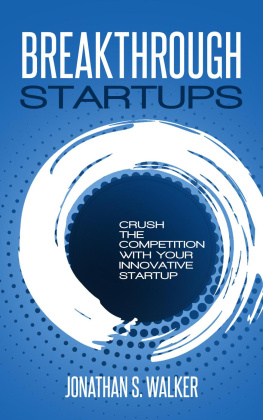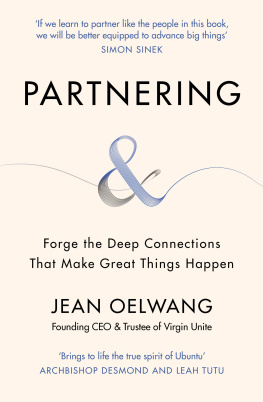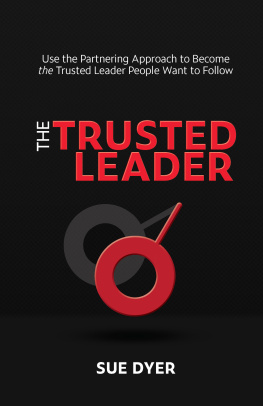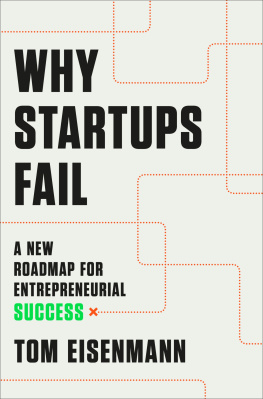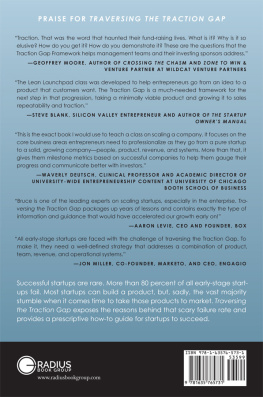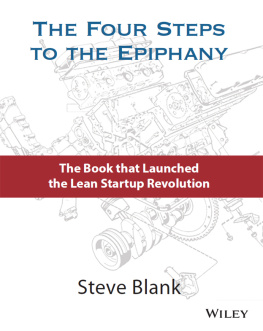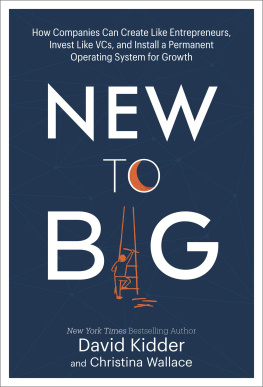FOREWORD
Open innovation has become popular these days. Chesbrough defined open innovation as the use of purposive inflows and outflows of knowledge to accelerate internal innovation, and expand the markets for external use of innovation, respectively Chesbrough (2003). The new imperative for innovating companies is that they can and should use external as well as internal ideas, and both internal and external paths to market, when they seek to maximize returns from their innovation activities.
Open innovation seems simple when it is summarized this way. Its simplicity is also one of the reasons for its success: the logic of open innovation is easy to grasp. By collaborating with partners, companies can share risks and costs of R&D; they can tap into large communities of competent specialists around the world; they can speed up innovation processes and they can improve product performance by integrating specific knowledge of other organizations, etc. However, open innovation is more difficult to manage than most managers expect. The potential benefits of open innovation may blind us to its risks and management challenges. One of the challenges is how to design collaborative agreements and manage intellectual property in open innovation, because a company has to share knowledge or has to open up its expertise to co-create knowledge with its partners. When a company is using external technology it may not be able to get the desired IP-rights to securely develop a product or capture value. Discussions about the access to background IP and the sharing of foreground IP are likely to put pressure on the partners when they co-create technology. Technology can be licensed out or it can be part of a spin-off deal leading to potentially damaging risks if not carefully managed. These are just a few examples of how open innovation can turn into a nightmare if management is not dealing with intellectual property in an appropriate way.
However, picturing the IP-challenges in this way is not really fair. There is also a bright side. Open innovation has challenged universities, R&D-labs, companies and startups to be highly innovative in dealing with the question of how firms can use IP, in a way that all parties involved could benefit. In the context of open innovation, intellectual property plays a new role which no longer reflects the usual defensive mechanisms adopted by companies. A decade ago, most companies used their patents to block competitors and to freely operate on the market. However, companies increasingly understand that smart IP-agreements allow them to maximize the commercialization potential of their technical solutions and enable them to safely enter into R&D collaborations, with limited risks of having their intangible assets being misappropriated by their partner. In other words; smart IP-management is crucial for open innovation and IP rights are extremely important for the innovative process since they protect and disclose at the same time.
How smart IP-agreements can support success in open innovation has been explored by Chesbrough (2003). Other authors such as Alexy et al. (2009), Arora et al. (2001), Laursen and Salter (2014), Phelps et al. (2009) and Rivette et al. (2000) also have been linking IP management to open innovation strategy and practices. However, the academic world hasnt yet developed a practical guideline for managing IP as part of a companys open innovation strategy. In this book, David Dessers, Managing Partner at the business law firm Cresco, has developed such a guideline based on his boundless experience in designing contracts and IP agreements for collaborating organizations. Smart design of IP agreements in collaborative innovation projects proves to be crucial for success. Given his experience, David is extremely well placed to write about this topic. Given the growing prominence of open innovation and collaboration in R&D, it is surprising that we have been waiting so long before strategic and practical guidelines were published. David has been writing this book to provide strategic and practical guidance to entrepreneurs, innovation experts and transaction professionals when they intend to collaborate with other organizations. Few entrepreneurs and professionals have experience beyond the structuring of traditional transactions, and through this guideline he shares his expertise in designing systems to support continuous interdependent relationships and seamlessly integrating various transactional elements.
The book is a practical guideline for a broad variety of collaboration types. However, I advise not to dive immediately into a specific form or modus of collaboration you are interested in. First read the introduction and Chapter 2 which explains the objectives, the complexity and benefits and risks of partnering. This chapter describes the context in which the following chapters can be used. The rest of the book is split into inbound open innovation (Chapters 3 and 4) and outbound open innovation (Chapter 5). The inbound part is in its turn, split into non-equity (Chapter 3) and equity-based (Chapter 4) partnering. Within each chapter, there is an overview of the different collaboration modes. Each mode is introduced by the questions: why a company should (not) use this specific type of collaboration; what are the objectives different partners should target with this specific mode; what are the best practices; and how to deal with IP ownership. David illustrates the different IP and collaboration arrangements with interesting examples of organizations he has been consulting in the last decade.
This book is in my opinion the first attempt to provide a practical guideline to managers who want to team up with external partners for their innovation journey. Academics have shown the importance of IP in dealing effectively in collaborative innovation, but it takes the practical experience and practice-based understanding of an experienced business lawyer with a strong focus on the technology sector such as David to educate managers about good practices in open innovation.
I was fortunate to have the opportunity to exchange ideas with David in panel discussions and conversations. Its a real pleasure to meet someone who truly understands collaborative innovation, how to strategically design collaboration and IP agreements, and how to clarify to managers of partnering organizations how their collaboration should be structured, leading to a situation where everyone can win.
Prof dr. Wim Vanhaverbeke
Professor of Digital Innovation and Entrepreneurship Surrey Business School
Visiting Professor ESADE Business School
References
Alexy, O., Criscuolo, P., and Salter, A. (2009). Does IP Strategy Have to Cripple Open Innovation?, MIT Sloan Management Review , 51 (7), 71-77.
Arora, Ashish, Andrea Fosfuri, and Alfonso Gambardella. (2001). Markets for Technology. Cambridge, MA: MIT Press.
Chesbrough, H. (2003). Open Innovation: The new imperative for creating and profiting from technology . Boston: Harvard Business School Press.
European IPR Desk (2015): Fact Sheet: Intellectual property management in open innovation. Luxembourg.
Laursen, K., and Salter, A. (2014). The paradox of openness: Appropriability, external search and collaboration, Research Policy , 43 (5), 867-878.
Phelps, Marshall, and David Kline. (2009). Burning the Ships: Intellectual Property and the Transformation of Microsoft. Hoboken, NJ: John Wiley and Sons, Inc.
Rivette, Kevin G., and David Kline. (2000). Rembrandts in the Attic. Unlocking the Hidden Value of Patents. Boston: Harvard Business School Press.
I. INTRODUCTION
The past ten years are characterized by an accelerated growth of entrepreneurship and the creation of new businesses offering innovative products and services.
It is imperative for businesses to not only develop innovative ideas internally, but to also use external ideas through collaboration with partners. Companies can share risks and costs of R&D, obtain access to valuable intellectuel property assets and thus speed up innovation processes and performance.


